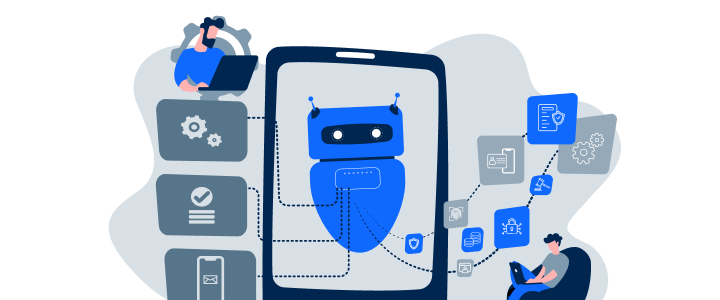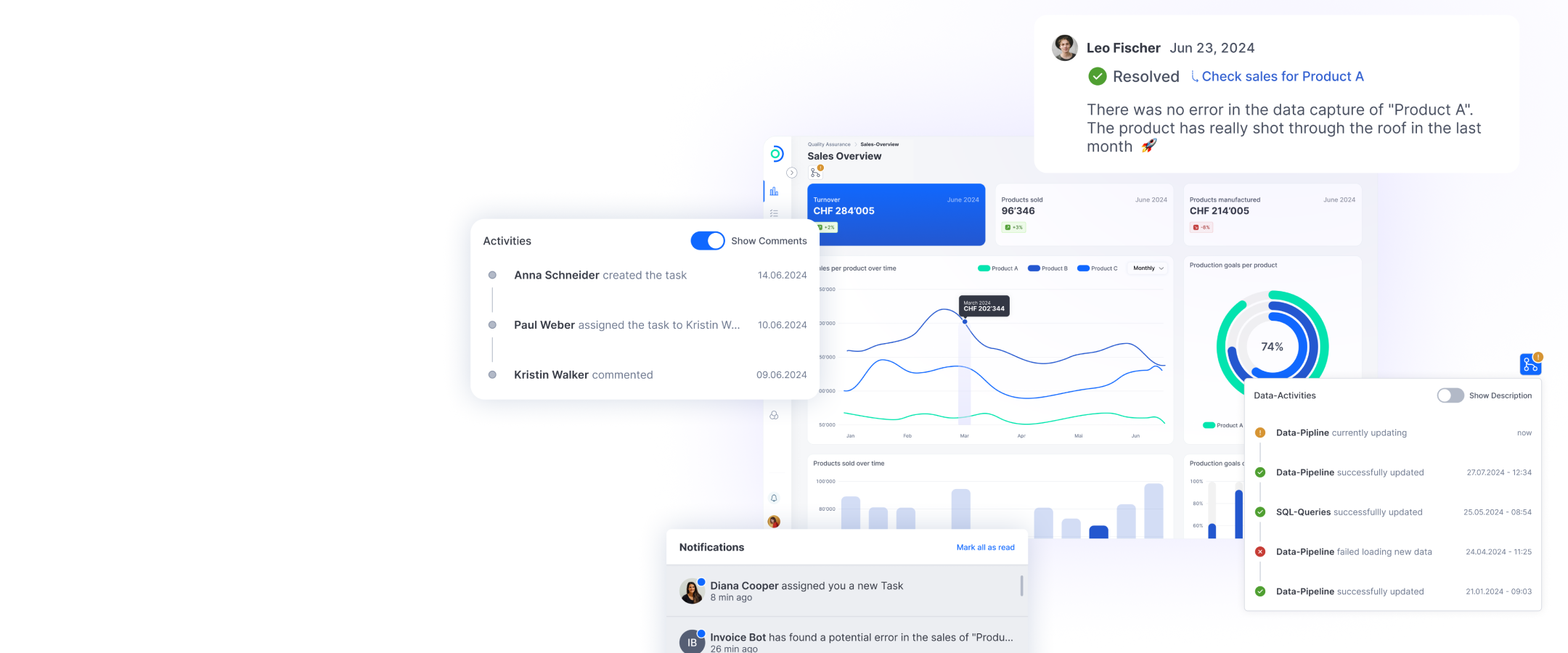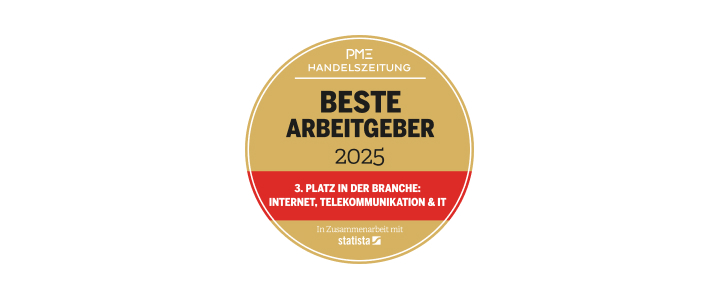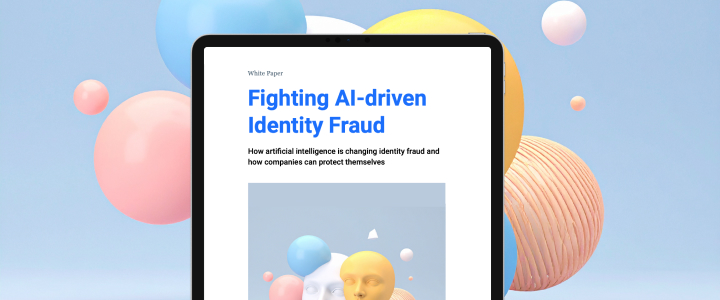Digital sovereignty: Why Switzerland must act now
The digital world has long been part of the geopolitical arena, influenced by economic interests, political power games and technological dominance. For a country like Switzerland, which has a history of neutrality, independence and data protection, the question arises: How sovereign is it in the digital sphere? Cloud services from large US providers dominate public administration and the private sector, proprietary software solutions shape everyday digital life — from Office suites to communication platforms, we are becoming more and more dependent on technology. In the public sector, healthcare, and national security, in particular, Switzerland must reduce its dependence on individual technology providers. If it does not, vendor lock-in could result in an inability to guarantee data protection and information security in accordance with specifications.
Digital sovereignty: From buzzword to strategic necessity
“Sovereignty” is generally understood to mean the ability to exercise exclusive selfdetermination. It is characterized by autonomy and independence and is distinct from both outside control and self-sufficiency.
Digital sovereignty refers to the ability of a country, its institutions and its economy to use digital infrastructures, data and software independently and in a controlled manner. It does not mean isolation or selfsufficiency — that would be neither realistic nor sensible in a connected world. It is about conscious control: Who has access to our data? Where is it processed? What software do we use — and can we trust it? One thing is clear: Sovereignty requires a national digital strategy that brings together open source, hybrid cloud models, and local technology partners to secure long-term control over critical digital infrastructures.
“It is a myth that only the large IT groups are capable of providing security, cloud services, and apps. Modern open-source technologies also enable Swiss companies to develop innovative and high-performance digital solutions. In addition, open-source software and open-source AI promote digital sovereignty, which ultimately strengthens Switzerland’s independence, innovation and economic power.”– Prof. Dr. Matthias Stürmer, Head of the Institute for Public Sector Transformation, Bern University of Applied Sciences (BFH)
Three pillars of digital sovereignty: Focus on data, operations and technology
Digital sovereignty is not demonstrated in one single area, but rather in the command of key digital skills. It is based on three pillars:
Data sovereignty: Control over one’s own data. Without it, we lose the power to decide who can access and use this information.
Operational sovereignty: Independent operation of critical infrastructures. Without it, there is a risk of losing control and becoming dependent on external factors.
Technology sovereignty: The ability to develop and operate key technologies independently. Without it, we would become dangerously dependent on other countries and corporations.
Data sovereignty begins with the consistent storage of sensitive information in Switzerland — combined with open-source software, encryption and clear access rules. Operational sovereignty requires resilient systems operated by trustworthy Swiss partners — with emergency plans, hybrid cloud strategies and clear responsibility. Technological sovereignty is created through targeted investments in research, education and standardization. Relying on local expertise and reusable platforms reduces dependencies and strengthens innovative power. These three pillars form the foundation for a self-determined digital future in which we are independent, secure and in control.
Switzerland’s building blocks to establish its digital sovereignty
Digital sovereignty cannot be imposed. It must be shaped. In recent years, Switzerland has taken important steps to ensure control, independence and the ability to innovate. The focus is on three strategic building blocks: open source, a sovereign cloud strategy, and trustworthy cyber security.
Open source — a key to greater independence: A decisive step was the Federal Act on the Use of Electronic Means for the Performance of Official Duties (EMBAG), which came into force in 2024. It obliges the federal government to publish selfdeveloped software as open source. While this may sound technically unspectacular, it is politically and economically significant: EMBAG creates the basis for reusability, transparency and innovation in the public sector. Open source enables control over source code and data flows, reduces dependencies, and creates space for locally adapted solutions — without license costs and with a high degree of flexibility. Tools such as LibreOffice, Nextcloud or OpenProject show that open alternatives are powerful and work well in practice.
Private cloud for confidential matters, public cloud for the rest: Data sovereignty is a key component. Sensitive data from areas such as administration, justice or healthcare belongs in a sovereign private cloud — under Swiss law, on Swiss soil, operated by Swiss companies. The public cloud can be used for less critical applications — provided it comes with clear governance, transparency about where data is stored, and exit scenarios. A hybrid strategy strikes the necessary balance between security and efficiency.
Cybersecurity made in Switzerland: Digital sovereignty is inconceivable without cybersecurity. It requires locally managed, comprehensibly implemented security solutions. Swiss Cybersecurity stands not only for technological quality, but also for trust. Local providers and controllable technologies are the key to long-term security in the digital sphere.
ti&m — Partner for digital sovereignty
Anyone who wants to strengthen their digital self-determination must invest in independence — in open source, sovereign infrastructure, and with trustworthy Swiss partners who take responsibility and implement solutions based on Swiss values. ti&m stands for exactly that. As an independent IT service provider rooted in Switzerland, ti&m has been combining technological excellence with sovereignty, transparency and innovative strength for 20 years. Swiss development and operation: Software and cloud solutions are developed by teams in Zurich, Bern and Basel, and data processing can take place entirely in Switzerland. Open-source expertise: ti&m relies on open technologies — from process platforms to Office integration. Proprietary building blocks and active community involvement strengthen independence and innovation. Secure cloud infrastructure: ti&m’s private cloud is ISO-certified, fully locally operated, and designed for customers with the highest security requirements. Independent and technology-neutral: No vendor lock-in, no product dependency — ti&m focuses on customer benefits, not contracts. Digital sovereignty is not a concept for the future, but a prerequisite for Switzerland’s ability to act. The technological and political tools are already in place. What is needed is the will to implement them.
ti&m Special “Swiss software and AI 2025”





